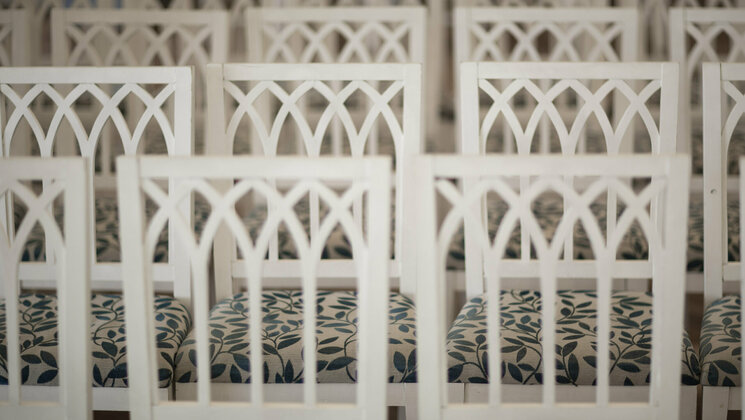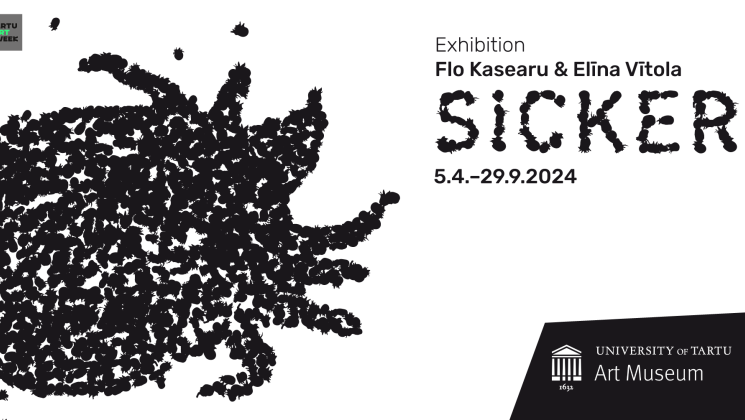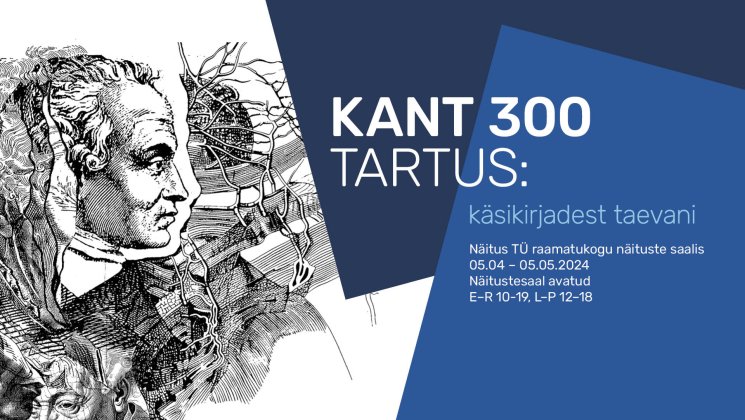The story of the University of Tartu Museum
The University of Tartu Museum has been serving the university and society for over two hundred years. During this time, museums in the university have appeared and disappeared, merged and separated, but the main goals have remained unchanged: preserve the academic heritage of the university, educate and enlighten the young and old alike, and tell the history of the University of Tartu as well as the history of world science and art in a thrilling way.
In the beginning, there was an art museum
The University of Tartu Museum was born on 19 April 1803, when the university’s council decided to set a separate budget for the university’s art museum. The collections of Estonia’s oldest art museum were founded by Professor Karl Simon Morgenstern. He wanted to show these pieces, mostly copies of old master works ranging from ancient to modern times, in his art history and ancient culture lectures in order to help students develop good taste in art. The art museum was therefore created for teaching purposes.
For the first seven years, the collections were stored in the professor’s apartment on Town Hall Square. From there they were moved to the newly built main building of the university in 1810.
The ideal of the Age of Enlightenment envisioned a universal museum with extensive collections, where you could see the art of as many countries and peoples throughout the ages as possible. In the middle of the 19th century, the concept of the museum changed and the focus became narrower. From then on, the museum specialised in antique art, and the premises were opened to a wider range of visitors.
During the First World War (1914–1918), the original collections of the art museum were evacuated to Russia, where they still are today. Thereafter, the life of the art museum remained rather dormant for several decades but gained new momentum from the 1960s onwards, when opportunities arose to actively supplement, exhibit, publish and restore the collections. In 1978, restored after a fire, the historic lock-up, where students used to be detained, was opened to visitors in the attic of the main building.
The university opens a history museum
The University of Tartu’s history collection began in the attic of the main building. In the 1960s, a few professors at the university, who were enthusiastic about history, began collecting important instruments and teaching aids in the history of science, led by chemist Tullio Ilomets. On 6 December 1976, the University of Tartu History Museum was founded with objects collected initially as a hobby. The objects were moved from the attic to the basement of the main building, where there were rooms allocated for the museum. Work with the collection gained a new momentum. In 1981, more than ten years after the collection had begun, an exhibition about the history of the university up to 1918 was opened in the basement.
At the end of the same year, the library moved out of the rooms built in the ruins of Tartu Cathedral. The university’s history museum moved there and a new exhibition was opened in 1982. In 1985, however, the museum had to close its doors to visitors once again to allow for a thorough renovation, before opening the third permanent exhibition in 1989. The exhibitions since then have been gradually and continuously updated, most recently in 2019, when the exhibition “The University of Our Lives” was opened.
During the Soviet era, every Soviet republic was obliged to have a museum of Vladimir Lenin (Ulyanov), the leader of the Bolsheviks and of the Russian revolutions. The same was the case in Estonia – the apartment museum of Lenin’s brother Dmitri Ulyanov represented Leninism here in 1982 as a branch of the university’s history museum. The museum opened in the house where Dmitri Ulyanov had lived during his medical studies at the University of Tartu from 1900 to 1901. In 1989, the Dmitri Ulyanov apartment museum was closed due to a change in political climate, and the Student Museum, demonstrating student life through the ages, operated in the same rooms on Veski Street until 1997.
The Old Observatory – something for all science enthusiasts
One of the most important temples of science in Tartu, the Old Observatory operated as a research centre between 1802 and 1994. After the astronomers were moved to the observatory in Tõravere, several institutions gathered in the Old Observatory. The eastern hall of the observatory operated for 25 years as a branch of Tartu City Museum and was open for visitors.
The observatory got a new lease of life at the beginning of the 21st century – in 2005, Professor Georg Wilhelm Struve’s meridian arc, which passes through the Old Observatory, was added to the UNESCO World Cultural Heritage List. In 2011, a new exhibition about the development of astronomy in both the past and present opened in the restored observatory as part of the university’s museum.
The concept of the museum, which began two centuries ago at the University of Tartu, is changing constantly, but continues to operate for the benefit of its community. In the 21st century, the University of Tartu Museum is ready to face all the challenges that modern society presents to museums.
See photos of the history of the museum
The history of the museum in Wikipedia
The history of the museum is colourful and full of twists and turns. You can read more about it on Wikipedia.
Read more






